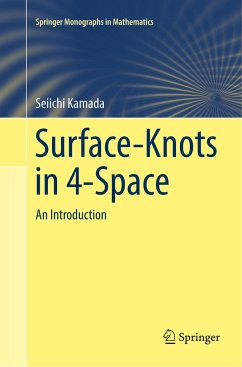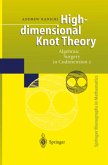This introductory volume provides the basics of surface-knots and related topics, not only for researchers in these areas but also for graduate students and researchers who are not familiar with the field.Knot theory is one of the most active research fields in modern mathematics. Knots and links are closed curves (one-dimensional manifolds) in Euclidean 3-space, and they are related to braids and 3-manifolds. These notions are generalized into higher dimensions. Surface-knots or surface-links are closed surfaces (two-dimensional manifolds) in Euclidean 4-space, which are related to two-dimensional braids and 4-manifolds. Surface-knot theory treats not only closed surfaces but also surfaces with boundaries in 4-manifolds. For example, knot concordance and knot cobordism, which are also important objects in knot theory, are surfaces in the product space of the 3-sphere and the interval.Included in this book are basics of surface-knots and the related topics ofclassical knots, the motion picture method, surface diagrams, handle surgeries, ribbon surface-knots, spinning construction, knot concordance and 4-genus, quandles and their homology theory, and two-dimensional braids.
"Kamada provides a discussion of a great deal of important machinery and current approaches to both knot theory in the more familiar and prosaic sense as well as the more exotic surface-knot theory, the book's main focus. ... is well-written, theorems are plentiful and proven, there are a huge number of diagrams and pictures ... there are lots of examples, and there are even exercises. This book indeed looks like a good place to learn about surface knots in 4-space." (Michael Berg, MAA Reviews, December, 2017)








